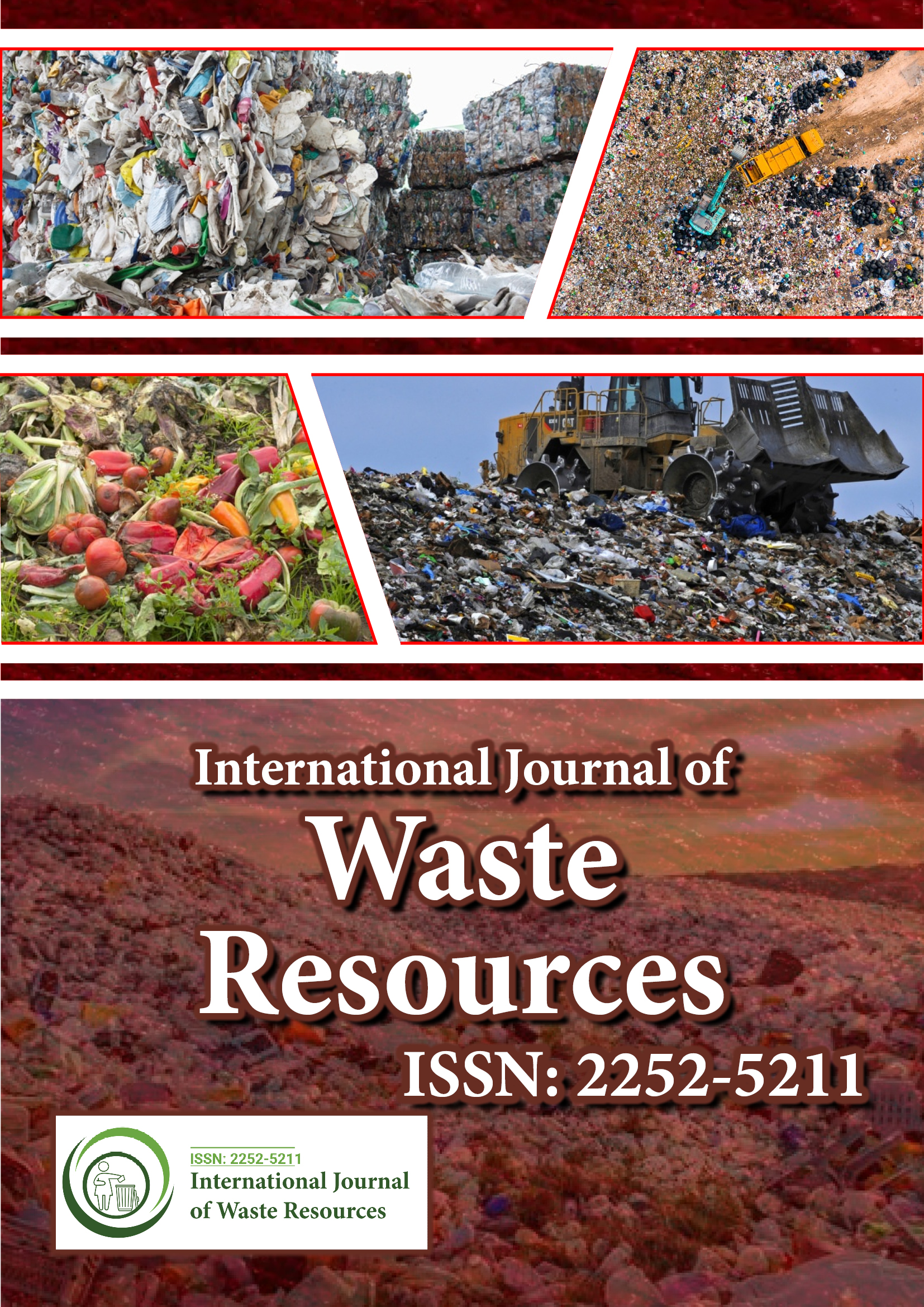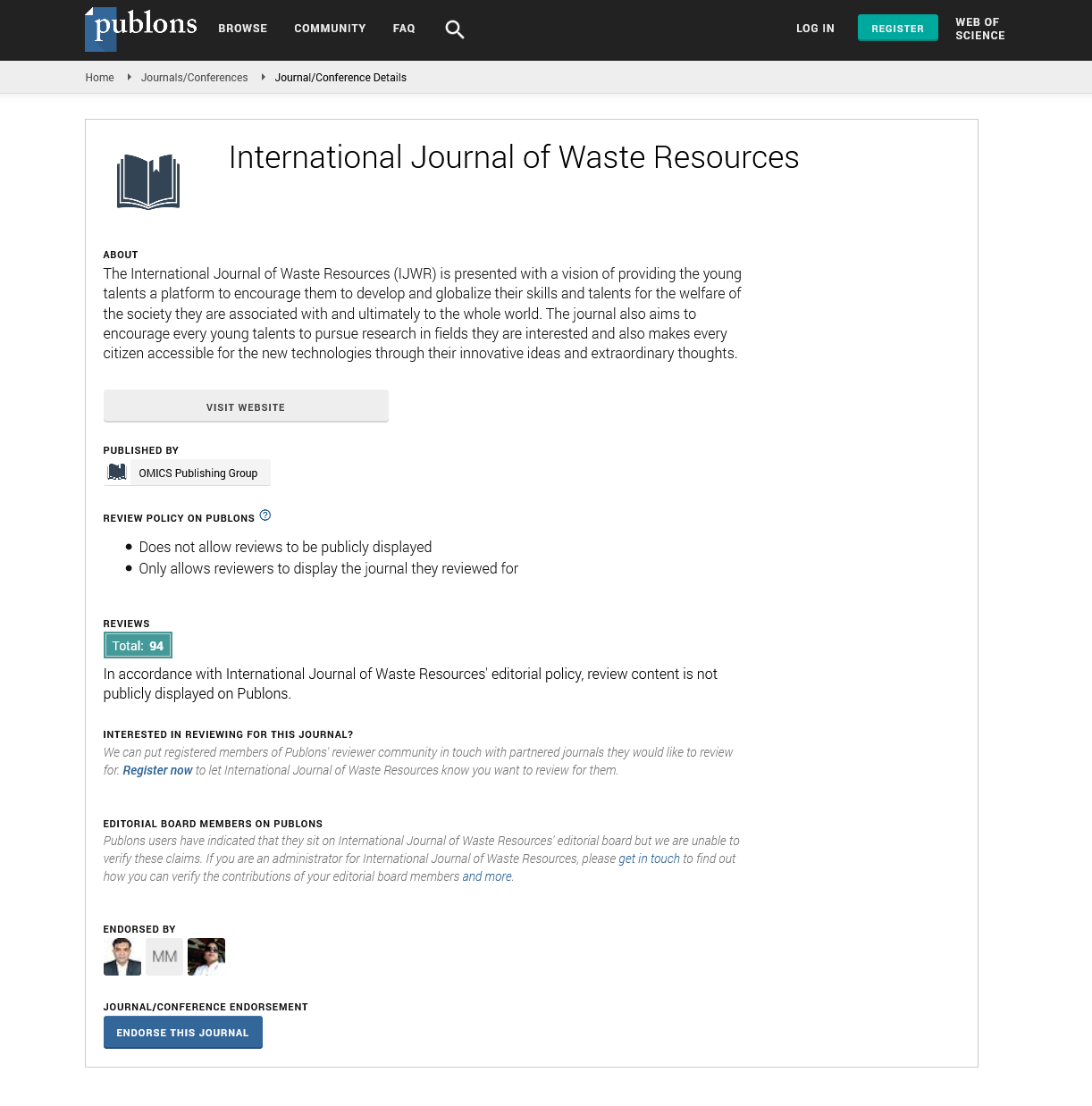Indexed In
- Open J Gate
- The Global Impact Factor (GIF)
- Open Archive Initiative
- VieSearch
- International Society of Universal Research in Sciences
- China National Knowledge Infrastructure (CNKI)
- CiteFactor
- Scimago
- Ulrich's Periodicals Directory
- Electronic Journals Library
- RefSeek
- Directory of Research Journal Indexing (DRJI)
- Hamdard University
- EBSCO A-Z
- Publons
- Google Scholar
Useful Links
Share This Page
Journal Flyer

Open Access Journals
- Agri and Aquaculture
- Biochemistry
- Bioinformatics & Systems Biology
- Business & Management
- Chemistry
- Clinical Sciences
- Engineering
- Food & Nutrition
- General Science
- Genetics & Molecular Biology
- Immunology & Microbiology
- Medical Sciences
- Neuroscience & Psychology
- Nursing & Health Care
- Pharmaceutical Sciences
Commentary - (2024) Volume 14, Issue 4
Radiological Impact: Contamination Risks to Public and Environment
Ioannis Dimitriou*Received: 28-Nov-2024, Manuscript No. IJWR-24-28373; Editor assigned: 02-Dec-2024, Pre QC No. IJWR-24-28373 (PQ); Reviewed: 16-Dec-2024, QC No. IJWR-24-28373; Revised: 23-Dec-2024, Manuscript No. IJWR-24-28373 (R); Published: 30-Dec-2024, DOI: 10.35248/2252-5211.24.14.598
Description
The radiological impact of incidents involving radioactive waste treatment facilities is a critical concern, particularly when such events occur near multi-unit nuclear power plants. A melting furnace explosion in a radioactive waste treatment facility represents a scenario with potentially severe consequences. This commentary highlights the necessity of evaluating the radiological effects of such incidents and emphasizes the importance of proactive mitigation strategies to safeguard public health, the environment and the operational safety of adjacent nuclear power plants.
A melting furnace explosion in a radioactive waste treatment facility is a complex event with cascading consequences. The immediate release of radioactive isotopes into the atmosphere or surrounding environment could lead to localized contamination, posing risks to workers, nearby communities and ecosystems. Additionally, the proximity to a multi-unit nuclear power plant amplifies these risks due to the potential for cross-contamination and interference with critical systems. Such a scenario underscores the need for comprehensive radiological assessments to evaluate the extent of contamination, potential exposure pathways and long-term environmental impacts.
The interaction between the waste treatment facility and the nuclear power plant site presents unique challenges. Multi-unit plants often share interconnected safety systems and infrastructure, increasing their vulnerability to external events. An explosion at a nearby facility could disrupt operations, compromise cooling systems, or impede emergency response efforts. Furthermore, the potential for simultaneous radiological release from multiple units highlights the need for robust contingency planning and coordination among facilities to manage such scenarios effectively.
The radiological assessment of such incidents involves multiple dimensions. First, modeling and simulation play an essential role in predicting the dispersion of radioactive material and assessing potential exposure scenarios. Atmospheric dispersion models are essential for estimating the spread of contaminants under various meteorological conditions, providing critical data for decision-making. Second, monitoring and detection systems must be in place to rapidly identify and quantify released isotopes. This requires advanced radiation detection technologies and real-time data integration to guide emergency response teams.
The health implications of such events cannot be overstated. Acute and chronic radiation exposure poses risks ranging from short-term health effects, such as radiation sickness, to long-term consequences, including an increased likelihood of cancer and genetic damage. Vulnerable populations, such as children and individuals with pre-existing health conditions, are particularly at risk. Understanding these risks is essential for designing effective evacuation plans, medical interventions and public communication strategies.
Environmental contamination is another critical consideration. Radioactive isotopes released during an explosion can persist in the environment for extended periods, contaminating soil, water and vegetation. This can disrupt local ecosystems and pose longterm risks to food safety and biodiversity. Comprehensive remediation strategies, including decontamination and waste disposal, are necessary to mitigate these impacts and restore affected areas.
The lessons learned from past incidents, such as the Chernobyl and Fukushima nuclear disasters, underscore the importance of proactive measures in managing radiological risks. Regular safety audits, rigorous maintenance protocols and adherence to international standards are fundamental to preventing such accidents. For radioactive waste treatment facilities, this includes strict control over furnace operations, real-time monitoring of system parameters and fail-safe mechanisms to prevent explosions.
The assessment of the radiological impact of a melting furnace explosion in a radioactive waste treatment facility near a multiunit nuclear power plant site is a complex but necessary undertaking. Such assessments provide the foundation for informed decision-making, risk minimization and the development of strong safety protocols. As the demand for nuclear energy grows and the management of radioactive waste becomes increasingly critical, addressing these risks is imperative for ensuring the safety and sustainability of nuclear power operations.
Citation: Dimitriou I (2024). Radiological Impact: Contamination Risks to Public and Environment. Int J Waste Resour. 14:598.
Copyright: © 2024 Dimitriou I. This is an open access article distributed under the terms of the Creative Commons Attribution License, which permits unrestricted use, distribution, and reproduction in any medium, provided the original author and source are credited.

